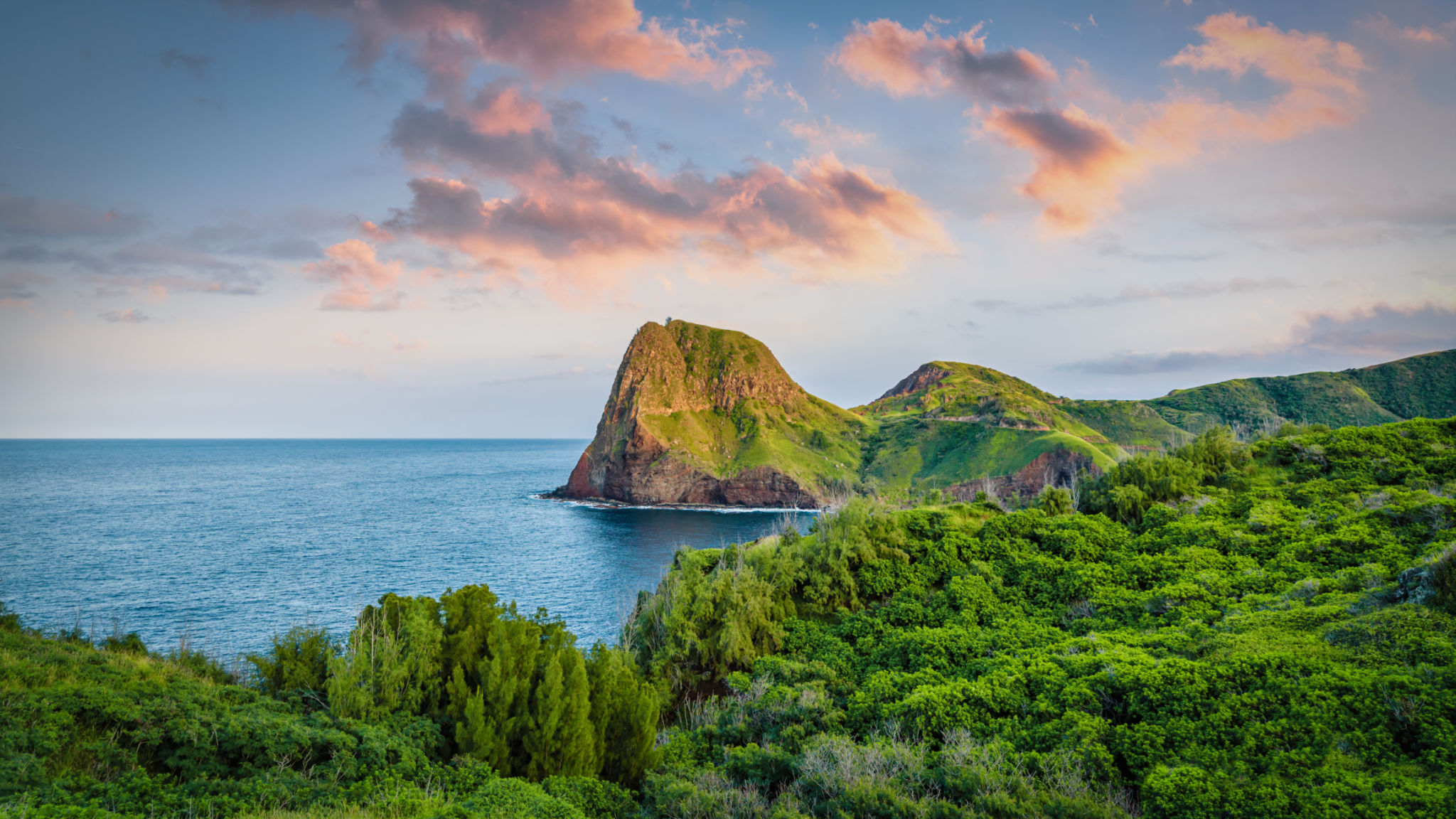Crafting Stories that Connect: The Art of Hawaiian Documentary Filmmaking
MA
The Essence of Hawaiian Documentary Filmmaking
Hawaiian documentary filmmaking is a unique art form that captures the rich tapestry of the islands' culture, history, and environment. These films are not just about presenting facts; they are about crafting stories that resonate on both a personal and universal level. Through the lens of Hawaiian filmmakers, viewers are offered an intimate glimpse into the lives and traditions that define these beautiful islands.
The emphasis on storytelling is what sets Hawaiian documentaries apart. Filmmakers strive to create narratives that connect with audiences on an emotional level, ensuring that the stories are as impactful as they are informative. This approach allows viewers to form a deeper connection with the subject matter, fostering an understanding and appreciation for Hawaiian culture.

Capturing Authenticity and Tradition
One of the key elements of Hawaiian documentary filmmaking is authenticity. Filmmakers often collaborate with local communities to ensure that the stories being told are genuine representations of their experiences and traditions. This collaboration is crucial in preserving the integrity of the narratives and ensuring that the voices of the Hawaiian people are heard.
Documentaries often explore themes such as traditional Hawaiian practices, language preservation, and the impact of modernization on the islands. By focusing on these topics, filmmakers aim to highlight the resilience and adaptability of Hawaiian culture in the face of change.

The Role of Visual Storytelling
Visual storytelling is a powerful tool in Hawaiian documentary filmmaking. The breathtaking landscapes of Hawaii provide a stunning backdrop that enhances the narrative, adding depth and beauty to the stories being told. Filmmakers make use of this natural beauty to draw viewers in, creating a visual experience that complements the narrative.
Moreover, the use of archival footage, interviews, and reenactments helps to create a dynamic viewing experience. These elements allow filmmakers to weave together the past and present, offering a comprehensive look at the subject matter.

Challenges and Opportunities
While there are numerous opportunities for storytelling in Hawaiian documentary filmmaking, there are also challenges. One significant challenge is ensuring that the stories told are inclusive and representative of all facets of Hawaiian life. Filmmakers must navigate cultural sensitivities and work collaboratively with local communities to avoid misrepresentation.
Despite these challenges, there is immense opportunity for growth in this field. With advancements in technology and increased interest in diverse narratives, Hawaiian documentary filmmakers have the potential to reach broader audiences than ever before. This increased visibility can lead to greater awareness and appreciation for Hawaiian culture worldwide.
The Future of Hawaiian Documentary Filmmaking
As we look to the future, the art of Hawaiian documentary filmmaking continues to evolve. Emerging filmmakers are bringing fresh perspectives to traditional narratives, exploring new themes and experimenting with innovative storytelling techniques. This evolution ensures that Hawaiian documentaries remain relevant and continue to captivate audiences.
Ultimately, the goal of Hawaiian documentary filmmaking is to create stories that connect people across cultures and generations. By focusing on authenticity, visual storytelling, and collaboration, filmmakers can craft compelling narratives that resonate with viewers long after the credits roll.